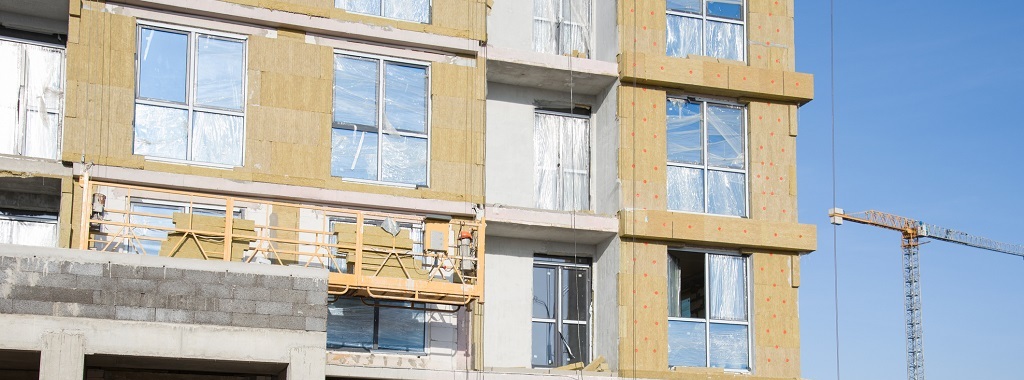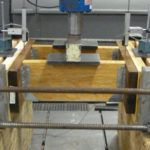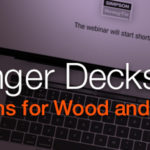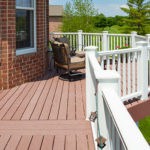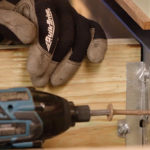Learn how a tragic balcony collapse in Berkeley, California, led to the development of Senate Bills 721 and 326, which mandate the inspection of exterior elevated elements (EEEs) in multifamily buildings. These bills aim to improve safety by evaluating EEEs such as balconies, decks, and walkways, particularly those relying on wood-based products for support. Recognize the significance of these inspections and the repairs needed to safeguard residents.
In the eight years since a crowded balcony in a Berkeley, California, apartment building catastrophically failed, killing six young adults and critically injuring seven more, the tragedy has led to safer inspection requirements throughout California.
The fact that the Berkeley apartment was only 10 years old at the time of the accident made the collapse that much more alarming.
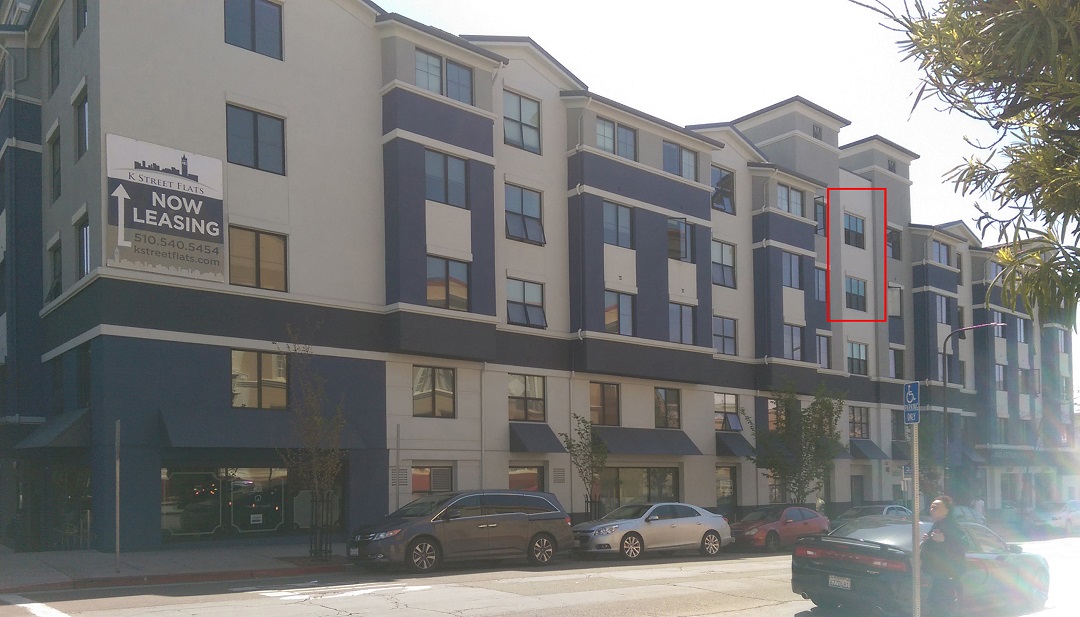
In response to that tragedy, the California Senate developed and passed Senate Bills 721 and 326, oftentimes referred to as “the balcony bills,” for the evaluation of similar wood-framed exterior load-bearing elements. Senate Bill 721 (SB 721) focuses on apartment buildings, while Senate Bill 326 (SB 326) focuses on condominium and townhouse buildings. Both bills specify the evaluation of exterior elevated elements (EEEs) for multifamily buildings with three units or more that are at least two stories tall. Both bills require the inspection of EEEs including balconies, decks, porches, stairways, walkways, and entry structures. EEEs must extend beyond the exterior of the building, be designed for human use, occur six feet or more above ground, and rely substantially on wood or wood-based products for structural support or stability. Note that railings and supports are included in the scope of both bills. Some jurisdictions, including Berkeley, have expanded upon these bills to include metal structures as well as wood.
Differences between the two bills are tailored to both the occupants of each building type, as well as the ownership distribution. SB 721 requires inspection of 15% of each type of EEE every six years. Upon completion of the inspection report, a copy is given to the building owner, and if any safety hazards are identified, then a copy of the inspection report is submitted to the building jurisdiction. SB 721 lists a variety of licensed professionals who are qualified to inspect and be in responsible charge of the inspection report, including architects, professional engineers, structural engineers, and contractors with type “A,” “B,” or “C-5” licenses. Finally, if repairs are not made within the allotted timeline, as specified in SB 721, daily fines, up to $500 per day, are charged to encourage a quick resolution and repair.
SB 326, which focuses on owner associations, requires the inspection of a larger percentage of the total balconies. The mathematical equation to determine a statistically significant sample gives the exact number of EEEs required to be evaluated: a 95% level of confidence with a margin of error of +/- 5%. For a community with 20 EEEs, all 20 EEEs must be evaluated to achieve this requirement. However, for a larger community with 100 EEEs, only 80 EEEs must be evaluated to achieve this requirement. Condominium or townhouse communities either must be evaluated every nine years by a licensed architect or licensed structural engineer. Upon completion of the inspection report, a copy of the report is given to both the HOA/COA and the building jurisdiction, and that report must stay in the community’s Declaration of Covenants, Conditions, and Restrictions (CCRs) for two cycles (18 years).
In the state of California, there are approximately 3.5 million multifamily units. While not all of these units will fall within the scope of the senate bills, the number of structures does give a general grasp of the scale of this endeavor. Many of these EEEs have not been inspected since their construction and, dependent upon their maintenance, vary in condition. This leaves thousands, if not hundreds of thousands, of EEEs that must be evaluated by licensed professionals prior to January 2025 when the first cutoff occurs. For the building owners and associations, these bills will help disclose the existing condition, maintenance requirements, and necessary repairs needed for the elevated elements within their communities. The first step is evaluation, followed closely by repairs.
When reviewing and evaluating a deck, the following items must be addressed:
- General condition of the wood framing and decking members
- Positive connections
- Attachment to the main structure
- Guardrail configuration
- Stair configuration (when stairs are present)
These evaluations are best performed up close and from a variety of vantage points on each element being observed. If an observed condition poses an immediate threat to life safety, the affected area is red-tagged until repairs are completed. For areas that could pose a hazard but are non-immediate threats, repairs are required and must be performed within a timeline specified by the building jurisdiction.

As these necessary repairs are identified, and put in motion, remember that Simpson Strong-Tie has an array of connectors and fasteners available to assist with fixing the building and exterior elevated elements to ensure their safety for all users. I would like to highlight a couple of these products, specifically the DTT1Z deck tension tie and the Strong-Drive® SDWS Timber screw.
DTT1Z Deck Tension Tie
The DTT1Z provides lateral support without the need to access the building interior. This connector helps provide out-of-plane attachment to the main structure.
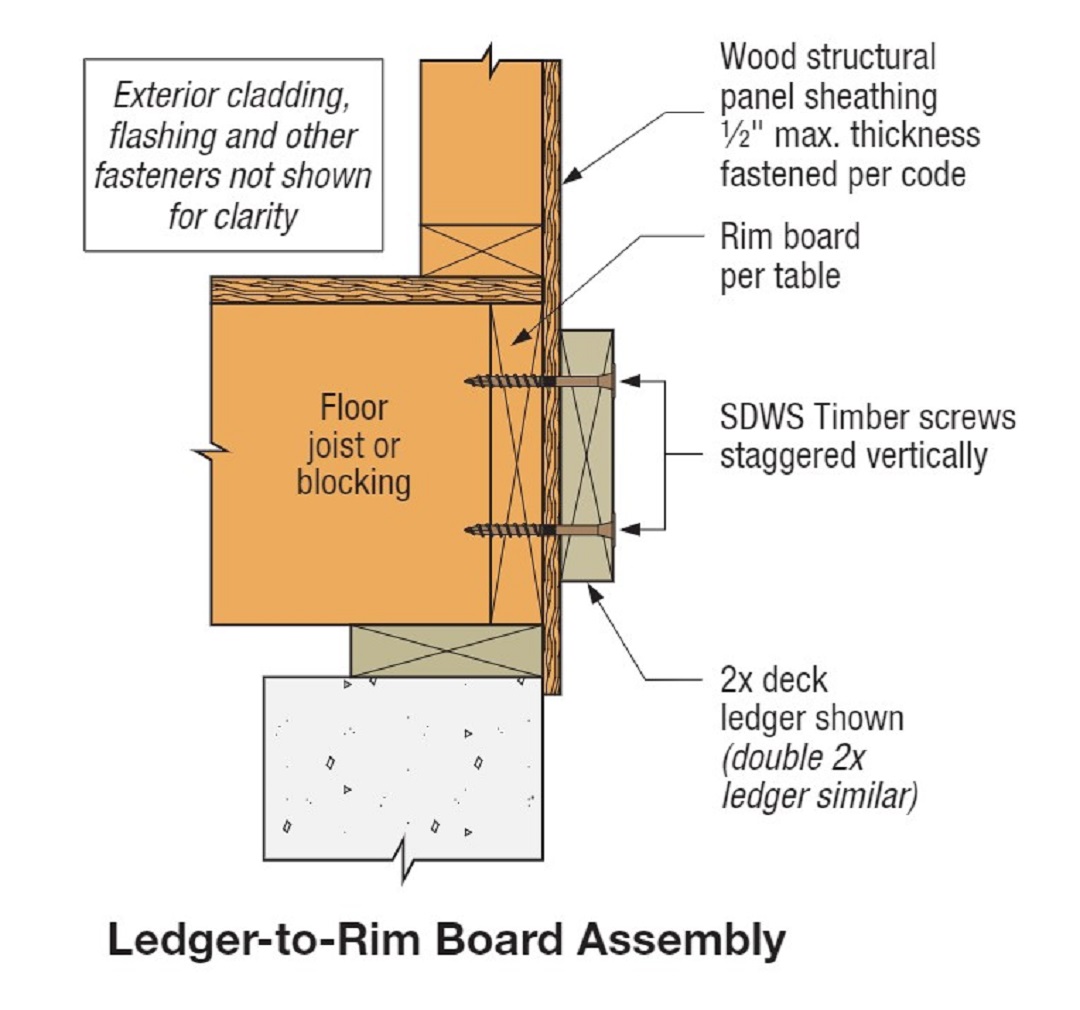
Strong-Drive SDWS Timber Screw
The Strong-Drive SDWS Timber Screw provides a variety of configuration options to connect two pieces of lumber and create a positive connection that does not rely solely on bearing to resist loading from any direction. These screws are tested and load rated in a variety of applications, including the ledger to rim board.
These are just two examples of versatile solutions that Simpson Strong-Tie has readily available that can help in fixing the decks and EEEs.
When reviewing the great number of aging EEEs in the state of California, one sometimes wonders whether the decks are stacked against us. With these new pieces of legislation in hand, however — not to mention a multitude of load-rated products readily available to help put them into effect — building owners, engineers, building officials, and contractors should be comforted in knowing that relief is at hand. By tackling the problem proactively, we can make sure the decks are NOT stacked against us.

